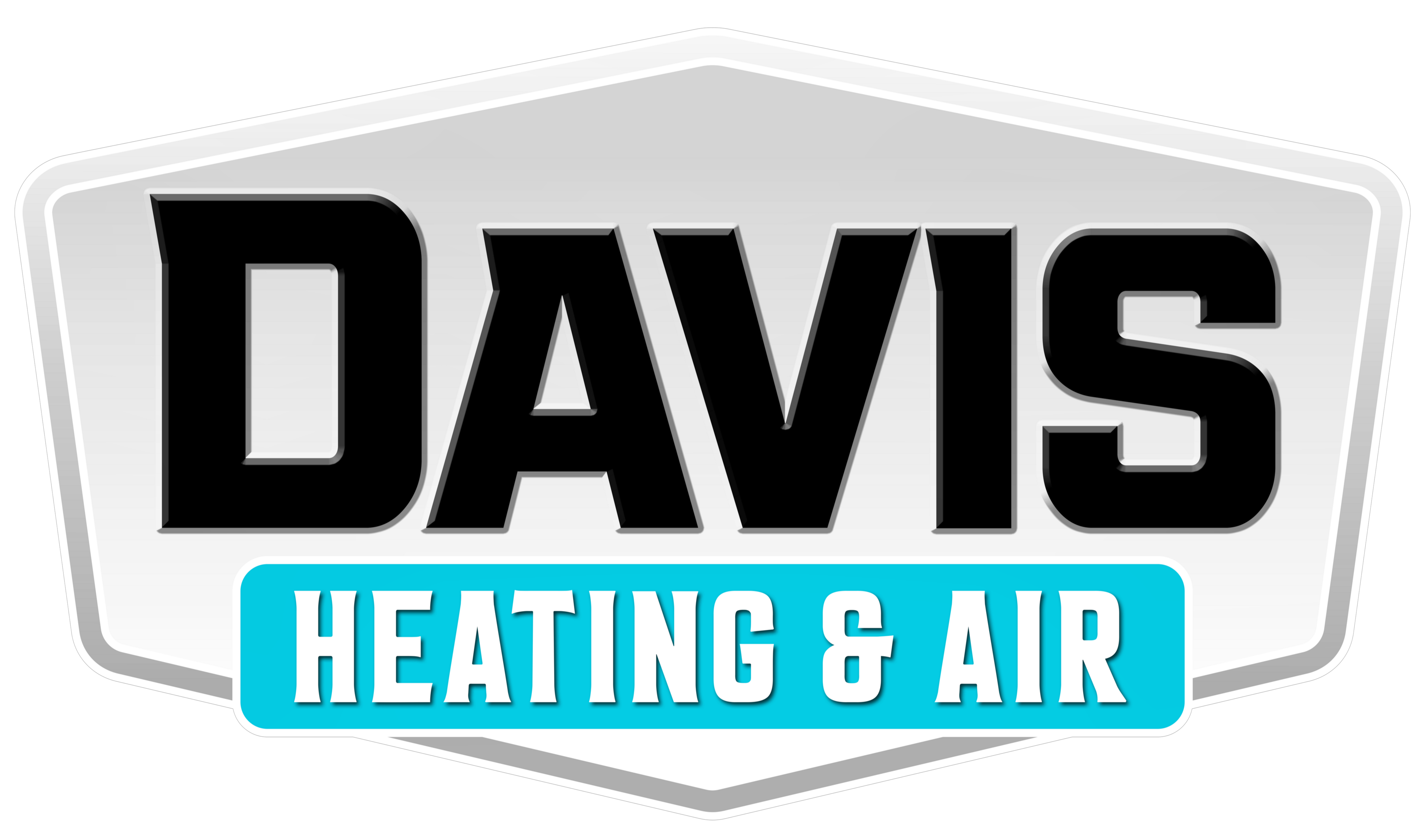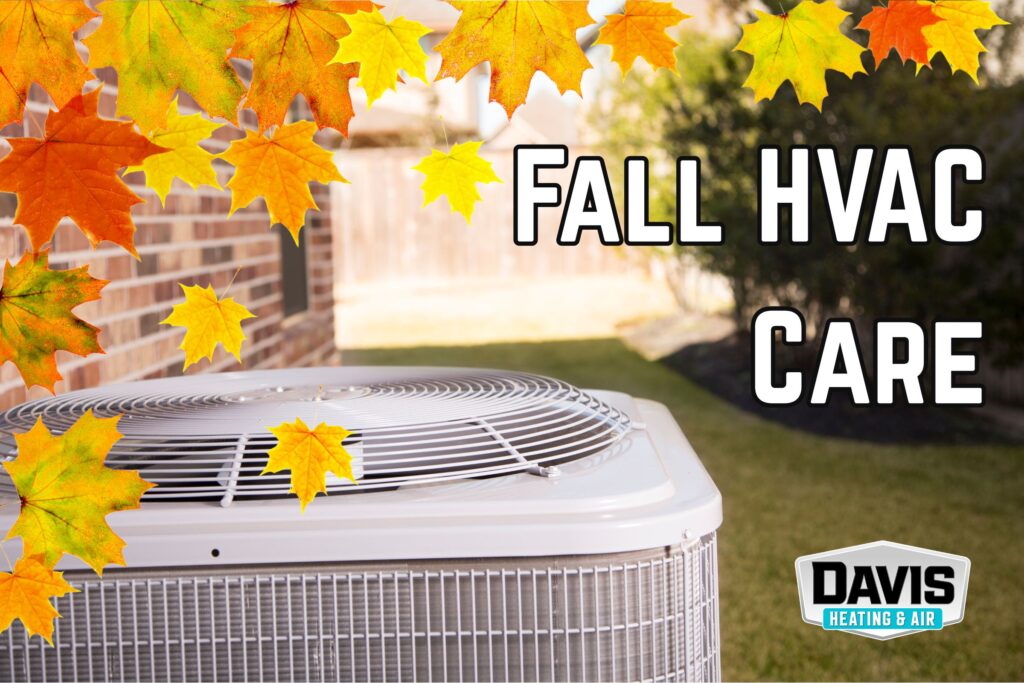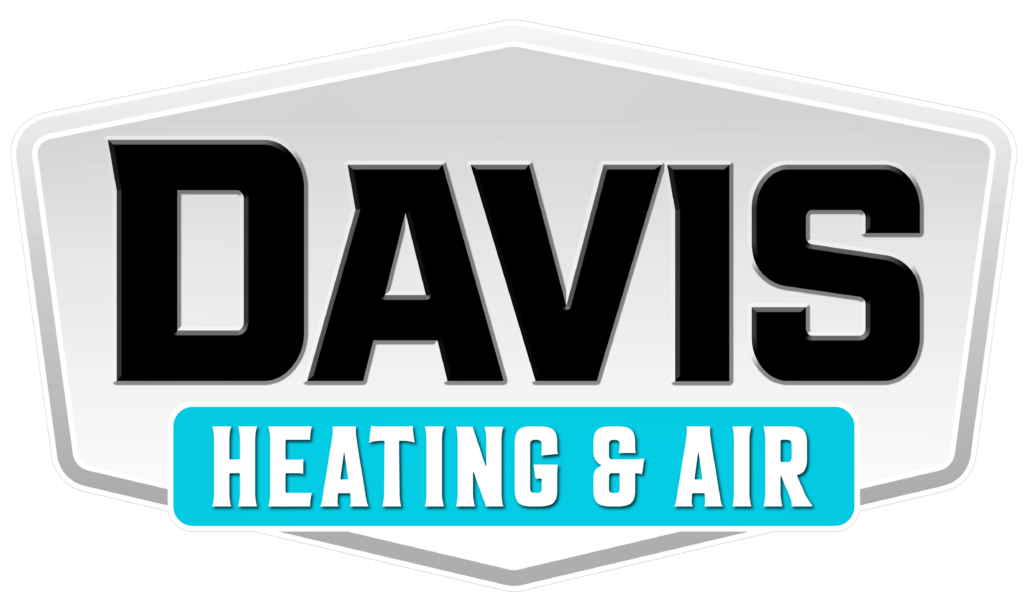As temperatures dip in South Jersey, it’s the perfect time to prepare your HVAC system for the season ahead. Whether you’re in Cherry Hill, Mount Laurel, or Burlington, a little attention now can help you avoid costly breakdowns and keep your home cozy when you need it most.
Below, the team at Davis Heating & Air walks you through the essential fall HVAC maintenance tasks every homeowner should know. Plus, we share tips to improve energy efficiency, protect your system, and schedule timely HVAC service in South Jersey.
Why Fall Is the Ideal Time for HVAC Maintenance
Fall is more than pumpkin spice and flannel — it’s the smartest time to schedule HVAC care. Booking a pre-winter tune-up now helps prevent mid-season emergencies by catching small issues before your system is under full-time pressure. It also lets you beat the seasonal rush, as HVAC companies across South Jersey quickly fill their schedules once temperatures drop. And perhaps most importantly, regular fall maintenance supports long-term system efficiency, helping reduce wear and tear while keeping your utility bills in check all season long.

Your Complete Fall HVAC Checklist
Keep your home safe and comfortable with these must-do tasks this fall:
- Schedule a heating system inspection: A professional heating maintenance check ensures your system is safe, efficient, and ready for regular use.
- Replace or clean HVAC filters: A clogged filter restricts airflow and forces your system to work harder. We recommend HVAC filter replacement every one to three months, depending on system use and household needs.
- Check thermostat settings for fall: Adjust your schedule and settings to reflect cooler temperatures. A smart thermostat can help you optimize comfort and savings.
- Clear outdoor units and vents: Remove leaves, grass, or debris around your HVAC units and indoor vents to maintain airflow.
- Pay attention to unusual sounds or smells: Clicking, banging, or burning odors may signal deeper issues that need prompt attention.
- Test your system before first use: Turn on your heat early in the season to check for problems before you need it daily.
Tackling this fall HVAC checklist now ensures fewer surprises when the chill really sets in.
Furnace Maintenance Before Winter: Why It Matters
If your home uses a furnace, fall is the best time to make sure it’s ready for colder weather. A seasonal tune-up helps catch safety concerns like a cracked heat exchanger or faulty ignition system before they become serious. It’s also a chance to address performance issues, like uneven heating or short cycling, before winter puts added strain on the system.
If your furnace is over 15 years old, needs frequent repairs, or causes high energy bills, consider a furnace replacement. A professional inspection can help you decide what makes the most sense for your home.
Don’t Forget About Your Heat Pump
Many South Jersey homes rely on heat pumps for year-round comfort, but they still need seasonal care. Here’s why fall HVAC maintenance matters for heat pumps:
- They run year-round: After a hard-working summer, your heat pump deserves a check-up before switching to heating mode.
- Issues can go unnoticed: Strange noises, poor airflow, or uneven heating are signs that it may be time for heat pump repair.
- Regular maintenance improves lifespan: Seasonal care keeps your system efficient and reduces the risk of winter breakdowns.
Whether your heat pump is your main system or part of a hybrid setup, don’t skip its fall inspection.
Energy-Efficient Heating Tips for Fall
Looking to lower your energy bills without sacrificing comfort? Try these energy-efficient heating tips:
- Set the thermostat to between 68°F and 70°F: While you’re home and awake, setting your thermostat to this temperature should keep your home comfortable. Lower it a few degrees at night or when you’re away.
- Seal air leaks: Weatherstrip doors and windows to reduce drafts.
- Use ceiling fans in reverse: Flip the switch to push warm air down and distribute heat more evenly.
- Keep vents clear: Ensure furniture or rugs aren’t blocking airflow from registers.
Small changes like these can have a significant impact throughout the season.
Sign Up for Stress-Free Fall HVAC Maintenance
Staying ahead of seasonal maintenance is one of the best ways to protect your HVAC system and avoid unexpected repairs. With the Davis Comfort Elite Plan, keeping up with fall tune-ups is simple and stress-free.
Members enjoy priority scheduling during peak seasons, routine system inspections, and exclusive discounts on repairs. The plan also helps extend the life of your equipment through proactive care, so you stay comfortable year-round without the hassle of remembering when to book service.
If you haven’t scheduled your fall HVAC maintenance yet, now’s the time. Contact Davis Heating & Air to learn more about the Comfort Elite Plan or to book your tune-up before the cold sets in.
Frequently Asked Questions About Fall HVAC Maintenance
What should be included in fall HVAC maintenance?
A professional fall tune-up should include a full heating system inspection, safety checks, thermostat calibration, filter replacement, and a review of key components to ensure your system is ready for winter.
How often should I change my air filter?
You should change your HVAC filter every one to three months. Homes with pets, allergies, or heavy system use may require more frequent changes to maintain air quality and system efficiency.
What are the best thermostat settings for fall?
Set your thermostat to between 68°F and 70°F during the day and lower it at night or while you’re away. This is the recommendation from the U.S. Department of Energy to help you save money. Smart and programmable thermostats can help automate thermostat settings for fall and optimize energy use.
How do I know if my furnace needs to be replaced?
If your furnace is more than 15 years old, needs frequent repairs, or struggles to heat your home evenly, it may be time to explore furnace replacement.


